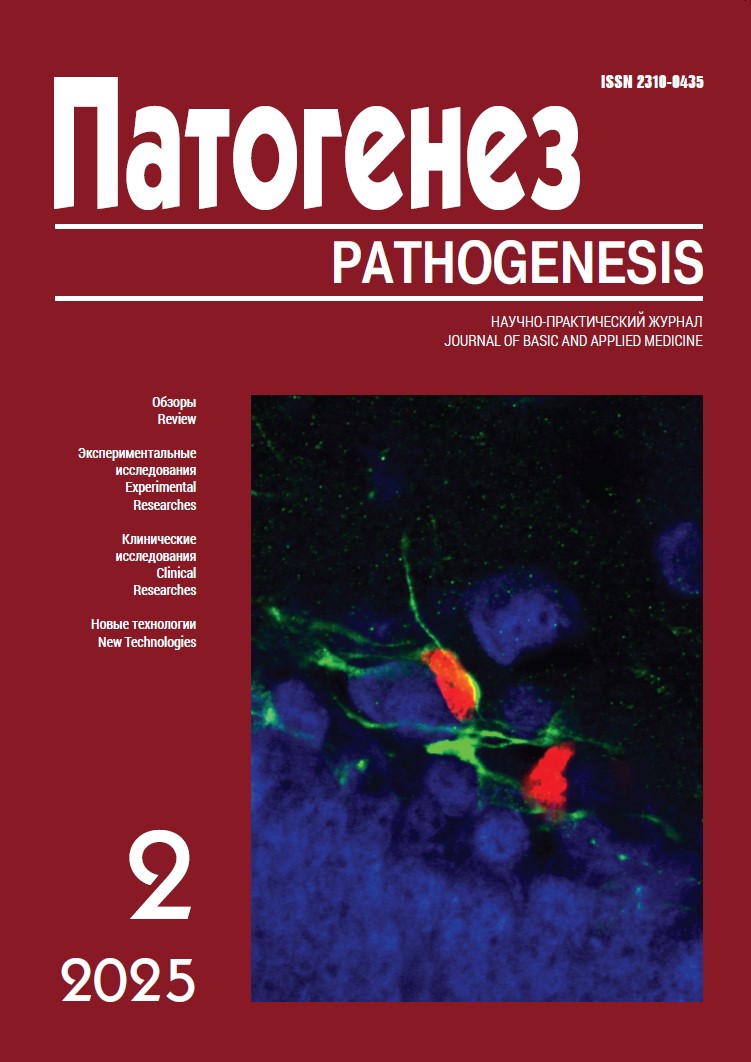Damage to the Endothelial Glycocalyx in the Pathogenesis of COVID-19
Abstract
Destruction of the endothelial glycocalyx (EG) in SARS-CoV-2 infection represents a crucial pathogenic mechanism in the development of severe forms of COVID-19, such as acute respiratory distress syndrome and multiple organ failure. SARS-CoV-2 enters cells via ACE2 receptors, triggering inflammation, endothelial damage, and microcirculatory dysfunction.
The EG, composed of proteoglycans and glycoproteins, plays essential roles in maintaining vascular homeostasis and endothelial barrier function. In COVID-19, EG degradation occurs, leading to enhanced inflammation, oxidative stress (OS), and coagulopathy, which in turn increase vascular permeability, microvascular thrombosis, and leukocyte infiltration. Destruction of the EG activates a cytokine storm, exacerbating the inflammatory response and endothelial damage. This leads to the impairment of anticoagulant mechanisms, increased thrombus formation, and loss of vascular barrier function. OS induced by the infection activates enzymes that degrade the EG, further disrupting vascular homeostasis and contributing to the development of multiple organ failure. Loss of EG’s anticoagulant properties and increased vascular permeability also explain the heightened risk of thrombosis.




